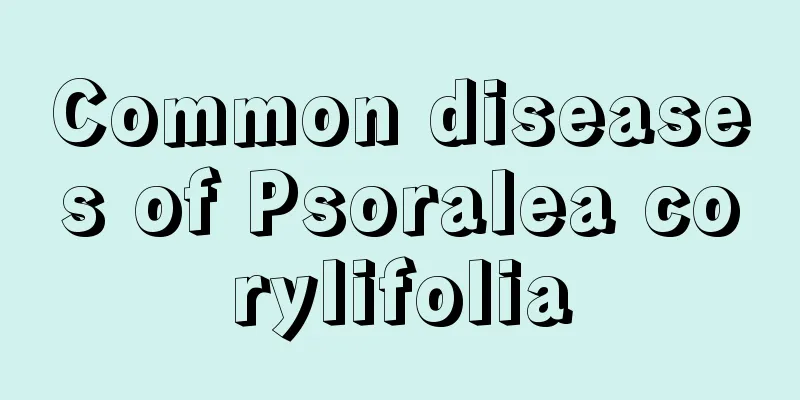How to make branches take root quickly (what can make cuttings take root quickly)

|
Plants have five major habits, namely hydrotropism, fertilization, geotropism, phototropism and thiotropism. Among them, hydrotropism, geotropism and fertilization refer to the root system, and the latter two refer to the above-ground parts . The roots of plants are their mouths. They absorb water and nutrients from the soil. Whether the roots are developed or not directly affects the growth and development of the plants. Therefore, to manage plants, we must first manage the roots. Only when the roots are deep can the leaves be lush, and only when the roots are deep can they be firmly rooted. How can we make plants grow more roots and take root faster? First, create a comfortable soil environmentSuch as suitable temperature, suitable humidity, loose and breathable soil, fertile soil, etc. By increasing the application of organic fertilizers, biological fertilizers, etc., and loosening the soil by hoeing, we can create a loose, breathable and fertile soil environment and create a suitable soil temperature. Water at the right time and in the right amount, not too much or too little. If you stop watering and let the seedlings stagnate, it will force the roots to grow deeper and increase in number. Second, growth regulators promote root growthWhen we propagate seedlings by cuttings or transplant crops, most of us would like to use some drugs to promote root growth. Practice has proved that the effect is quite good. 1. Naphthaleneacetic acid Naphthaleneacetic acid is a broad-spectrum plant growth regulator that promotes growth, cell division and expansion, can induce the formation of adventitious roots, increase the number of roots, increase fruit set rate, prevent fruit drop, etc. When growing grape and fig trees by cuttings, some people will soak the cuttings in naphthaleneacetic acid before inserting them into the substrate, which has a good effect on early and more rooting. Another example is triacontanol, which can affect plant growth, differentiation and development after use, mainly by promoting rooting, germination, stem and leaf growth and early maturity . For example, calcium cyclohexane can promote plant growth and development, reduce lodging, and promote lateral bud growth and rooting. Another example is indolebutyric acid, which can promote cell division, elongation and expansion, induce the formation of adventitious roots, increase the fruit setting rate and prevent fruit drop. Indolebutyric acid is often used in cutting propagation to promote rooting of cuttings. However, it should be noted that when handling cuttings, care should be taken to avoid contact between the young leaves and heart leaves of the cuttings with the liquid medicine, otherwise it is easy to cause drug damage. For example, brassinolide , after use, can not only help improve the fertilization of plants, but also promote the development of plant roots, more roots, and can also reduce the minor phytotoxicity of certain pesticides to crops. In particular, different types of growth regulators have an impact on root differentiation, such as auxin, cytokinin, and abscisic acid, although they all promote the formation of adventitious roots. But there are also differences. Auxin promotes the formation of roots, and cytokinin promotes root cuttings in sterile culture. Generally speaking, substances that contain more plant hormones have a better effect in promoting crop rooting and increasing the number of roots. In addition, some vitamins also play a role in promoting crop rooting and increasing the number of effective roots, such as VB1, VB2, VB6 and nicotine. We have a lot of fruit trees here, and when we grow seedlings, we mix vitamins and growth hormones together and use them as dips for cuttings, roots, sprays, etc. Practice has shown that the mixed use of vitamins and growth hormones has a good effect on promoting rooting and increasing the number of roots . At the same time, we also need to note that in cutting propagation, the rooting survival rate of cuttings is faster and more than that of cuttings without buds or leaves, and the survival rate is high. |
Recommend
Gardenia leaves turn yellow in winter
1. Low temperature Reason: The climate is cold in...
Benefits of Artichoke
1. Protect liver Artichoke can protect the liver....
Can the money tree be pruned?
The money tree is a popular indoor plant, loved f...
Can raw pumpkin seeds be eaten? How to eat pumpkin seeds
1. Can I eat it? Raw pumpkin seeds can be eaten. ...
What fruit can help sober you up?
1. Apple The organic acids in apples can promote ...
Growing Gardenia jasminoides with Kitchen Waste
Production of soybean milk residue fertilizer fro...
How to prune bougainvillea after flowering
1. How to prune Its flowers are purple or red and...
Pests of Jasmine and Their Control
Pests of Jasmine The main pests of hairy jasmine ...
What to do if the leaves of domestic daffodils are too long
Why are the leaves of daffodils too long? In fact...
How to grow roses
1. Breeding environment 1. Soil: Choose soil suit...
How to cultivate ground lotus
Growing conditions of ground lotus The ground orc...
Planting time of baby's breath
1. Planting time When it is suitable for planting...
The correct way to water succulents
Succulent plants are potted plants that many peop...
How to water the peacock ball
1. Frequency The peacock ball continues to grow i...
The most beautiful lotus pictures
1. West Lake Red Lotus The beautiful West Lake Re...









